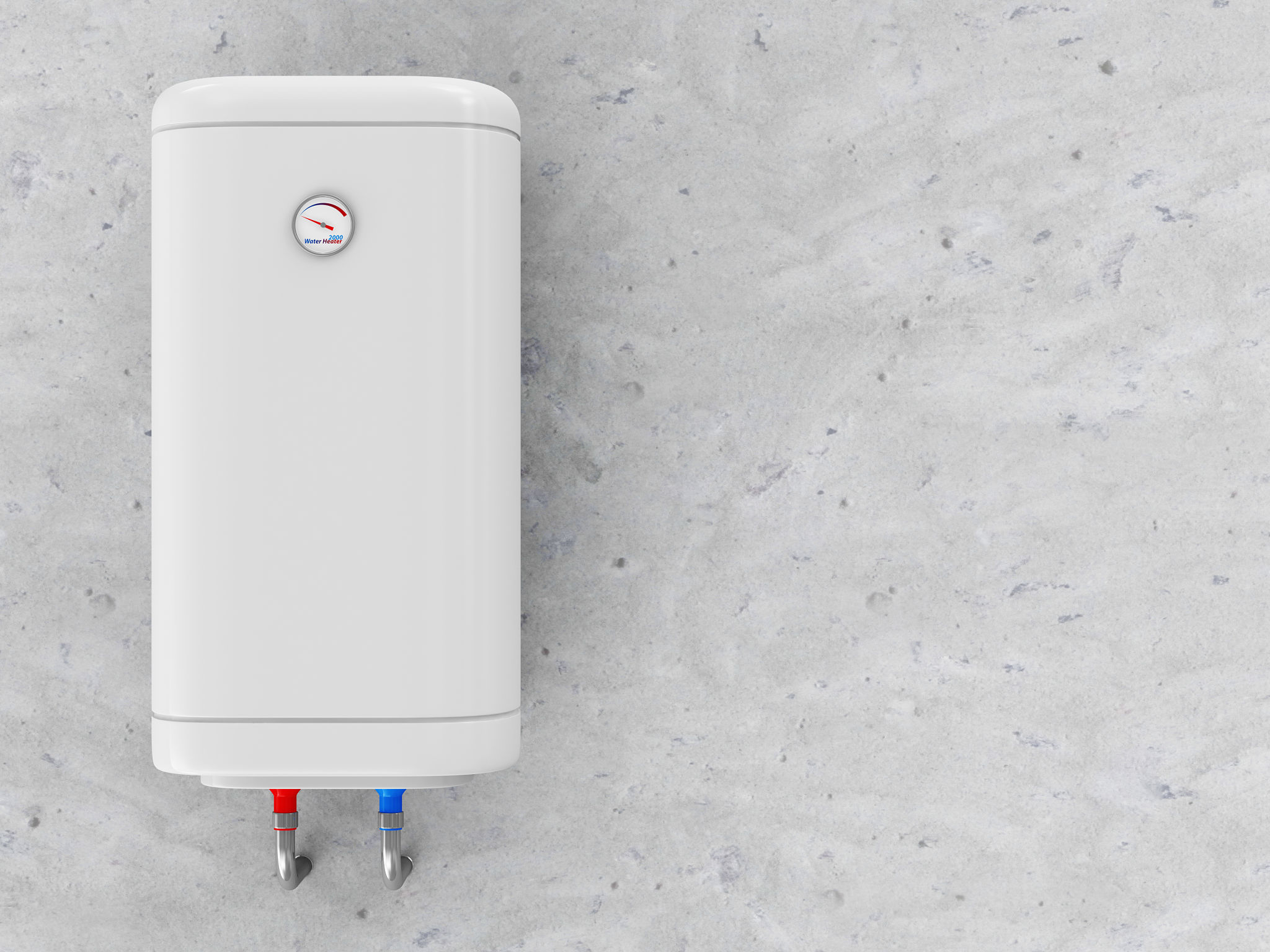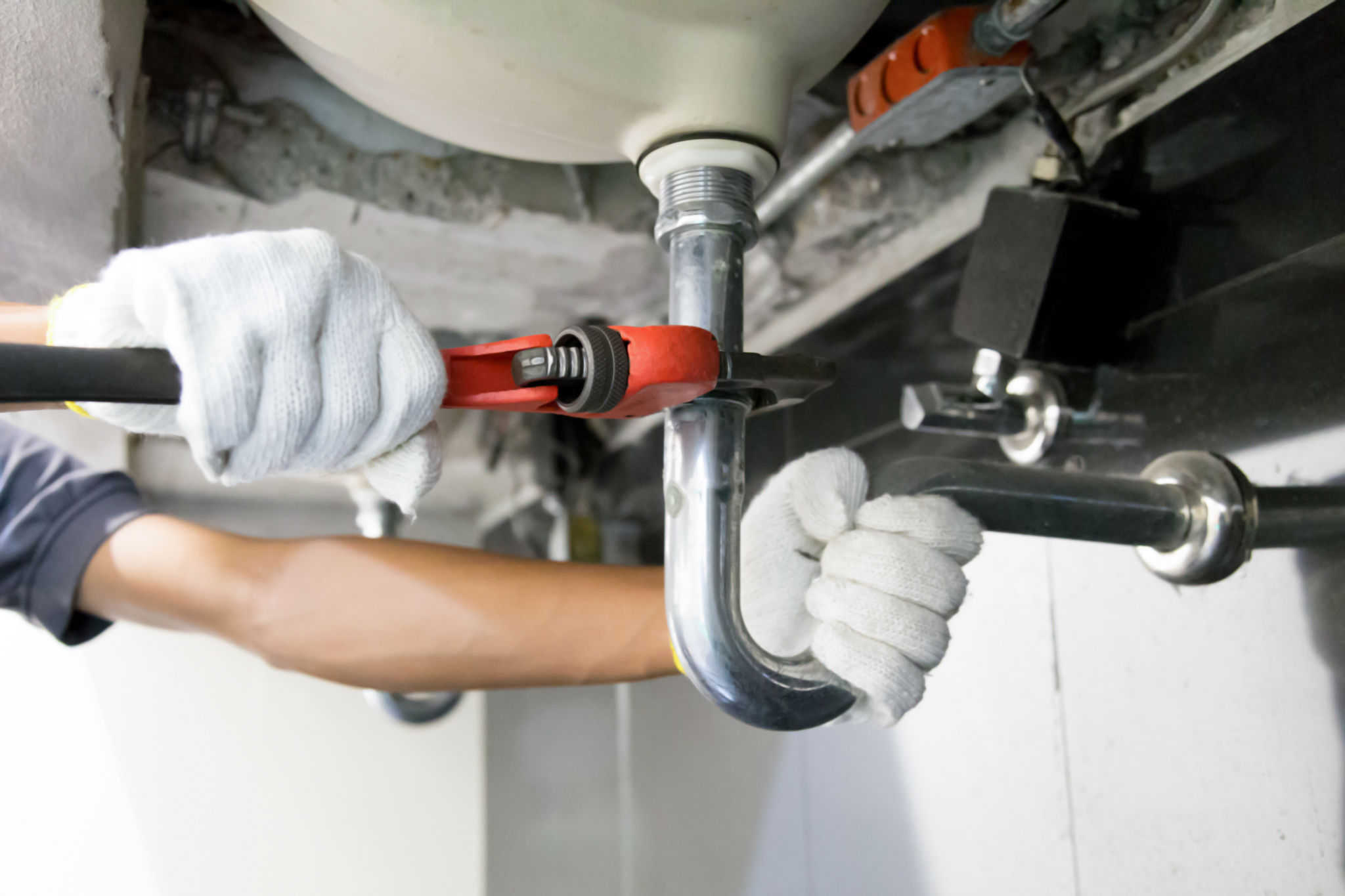Common Hot Water System Problems and How to Fix Them
Hot water systems are essential for daily comfort, providing warm showers, clean dishes, and so much more. However, like any appliance, they can encounter a range of issues over time. Understanding these common problems and how to address them can save you time and money on unnecessary repairs.

No Hot Water
One of the most frustrating problems is when your hot water system fails to deliver hot water. This issue can often be traced back to a faulty thermostat or heating element. First, check the thermostat setting to ensure it is set correctly. If adjusting the thermostat doesn't work, the heating element might need replacing. It's advisable to consult with a professional if you're not comfortable handling electrical components.
Electric vs. Gas Systems
For electric systems, the problem might also be due to a tripped breaker or a blown fuse. Ensure the circuit breaker is in the "on" position. For gas systems, check if the pilot light is lit. If not, relighting might be necessary. However, if it keeps going out, there could be a more serious issue requiring professional attention.

Water Leaks
Leaks are another common issue with hot water systems. They can occur for several reasons, including loose connections, a faulty pressure relief valve, or corrosion within the tank. Start by inspecting all visible connections and tightening them if necessary. If the leak persists, it might be due to corrosion, which typically means the tank needs replacement.
Addressing Pressure Relief Valve Issues
The pressure relief valve is a critical safety component that occasionally needs attention. If the valve is leaking, it might simply need to be replaced. Ensure you purchase a valve that matches your system’s specifications, and follow all installation instructions carefully.

Strange Noises
Unusual noises like banging or rumbling from your hot water system can be alarming. These sounds are often caused by sediment build-up at the bottom of the tank. Over time, minerals in the water can settle and create a layer of sediment that insulates the water from the heating elements. Flushing the tank periodically can help resolve this issue.
Steps to Flush Your Tank
To flush your tank, follow these steps:
- Turn off the power supply and water source to the tank.
- Attach a hose to the drainage valve and direct it to a suitable drainage location.
- Open the valve and allow the water to drain completely.
- Close the valve, remove the hose, and restore power and water supply.
Inconsistent Water Temperature
If your water temperature fluctuates, it could be due to a failing thermostat or heating element. First, ensure that the thermostat is set to an appropriate temperature. If the issue persists, testing and possibly replacing these components might be necessary.
Thermostat Calibration
Sometimes, simply recalibrating your thermostat can solve temperature inconsistencies. Refer to your system's manual for specific instructions on how to adjust or reset your thermostat settings.
Regular maintenance can prevent many common hot water system issues. Observing these problems early and addressing them promptly will ensure that your hot water system continues to function effectively for years to come.
